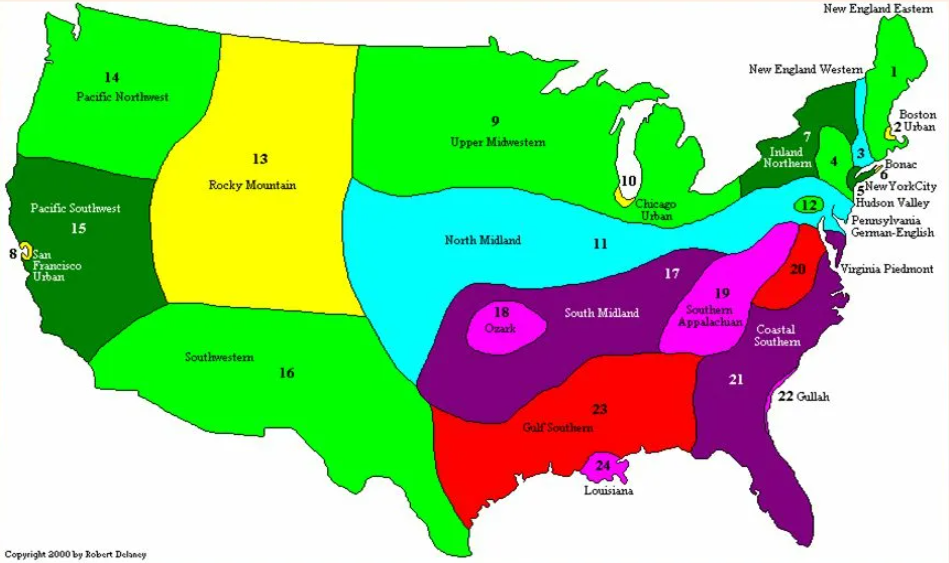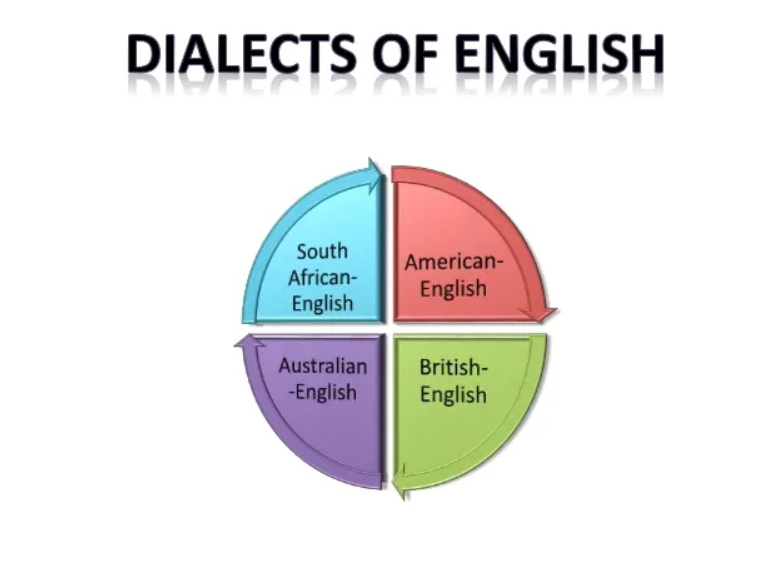English, as a global language, is incredibly diverse, not only in its usage across different countries but also within regions and communities. This linguistic diversity manifests prominently in the form of various dialects. These dialects, characterized by distinct vocabulary, pronunciation, and grammar, often pose significant challenges for both native and non-native speakers alike.
One of the most notable difficulties presented by English dialects is comprehension. Even proficient English speakers may struggle to understand certain dialects, particularly those that differ significantly from standard English. This challenge arises due to variations in pronunciation and vocabulary, which can render communication perplexing, especially in informal settings where dialectal features are more pronounced.
Moreover, the presence of diverse English dialects can impede effective communication in professional and academic environments. Standardized English serves as the lingua franca in many domains, but individuals accustomed to specific dialectal features may face discrimination or bias when interacting in contexts where standard English is expected. This can hinder career prospects and academic advancement for those whose native dialects deviate from the norm.

For non-native English speakers, grappling with English dialects adds another layer of complexity to language acquisition. While formal language education often focuses on standard English, exposure to dialectal variations is limited. Consequently, encountering dialects in real-world interactions can be bewildering, requiring additional effort to decipher unfamiliar pronunciations and expressions.
Furthermore, the preservation of English dialects faces numerous challenges in an increasingly interconnected world. Globalization and mass media contribute to the homogenization of language, leading to the erosion of distinctive dialectal features. As younger generations adopt more mainstream linguistic norms, traditional dialects risk fading into obscurity, threatening cultural heritage and identity.
Despite these challenges, English dialects also enrich the linguistic landscape, offering insights into the historical, social, and cultural contexts of different communities. They serve as repositories of unique expressions, idioms, and linguistic innovations, reflecting the diversity and dynamism of human communication.
In conclusion, the complexities of English dialects underscore the multifaceted nature of language and communication. While they pose challenges in comprehension, social integration, and language education, they also represent invaluable cultural assets deserving of recognition and preservation. Understanding and appreciating English dialects contribute to a deeper appreciation of linguistic diversity and the richness of human expression.

